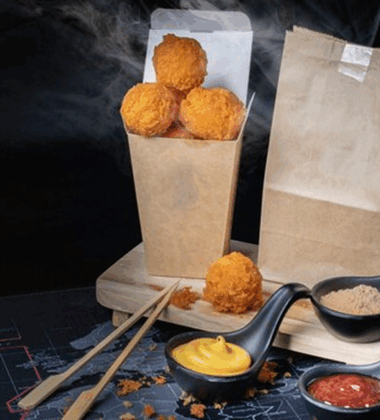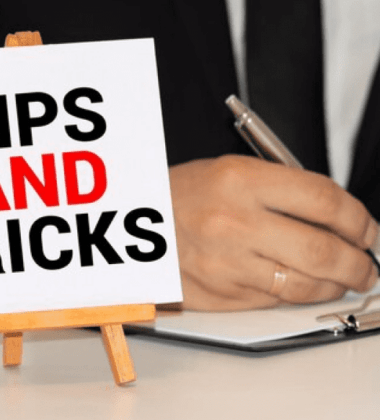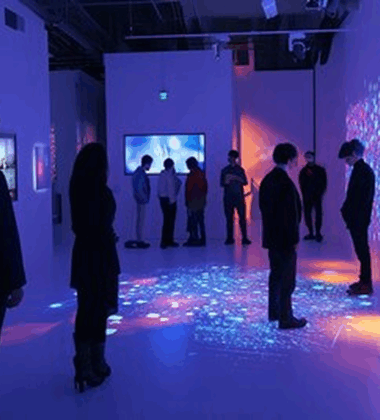When food and beverage brands launch new products, the stakes are high. From taste to texture, packaging to positioning, even the smallest flaw can derail a promising SKU. That’s why trade shows like the Food and Beverage Expo USA are no longer just stages for product display—they’re proving grounds for R&D validation.
Increasingly, exhibitors are using expos not simply to promote products but to test, refine, and validate SKUs through real-time customer insights. And the best results come from well-designed feedback systems that transform casual sampling into strategic R&D input.
In this article, we’ll explore actionable feedback system examples used by top brands to turn expo interactions into informed decisions about what hits retail shelves—and what doesn’t.
Why Sampling Alone Isn’t Enough
Letting attendees try your product is easy. Learning something useful from that experience is hard. Most expos involve some form of food or beverage sampling, yet very few exhibitors use that interaction to collect structured insights. That’s a missed opportunity.
Here’s why:
- Sampling creates natural moments of customer engagement.
- Attendees are often industry insiders or early adopters.
- Real-time reactions help validate assumptions faster than traditional focus groups.
However, without a system in place to gather and process that feedback, brands walk away from the show with opinions, not insights. A structured feedback system turns those fleeting impressions into data-backed direction.
Key Elements of a Product Feedback System at Trade Shows
Whether you’re a startup testing a prototype or a legacy brand piloting a new flavor line, a feedback system at an expo should capture three key types of data:
- Quantitative – ratings on taste, texture, packaging, etc.
- Qualitative – written or verbal comments from tasters
- Behavioral – signals like time spent at the booth, follow-up intent, repeat visits
To collect this data effectively, the system must be:
- Fast: No one wants to fill out a long form at a busy event
- Accessible: Use tablets, QR codes, or mobile forms
- Incentivized: Offer perks for participation (e.g., entry into a giveaway)
- Structured: Standardize questions to enable comparison
Real Feedback System Examples from the Food & Beverage Expo Circuit
Let’s examine how three different brands used customized feedback systems to pilot-test SKUs and move them closer to retail readiness.
1. Beverage Startup: From Expo Sample to National Shelf Space
The Challenge: A plant-based hydration brand wanted to test three new flavors—one of which would become the flagship product for its upcoming national launch.
Feedback System Used:
- A tablet at the booth prompted tasters to rate each flavor on a 1–5 scale.
- A short form asked for age range, purchase habits, and flavor preference.
- QR codes on the sample cups allowed users to provide feedback later via mobile.
Results:
- 82% of respondents preferred the “cucumber mint” variety.
- The “hibiscus” flavor scored highest in niche appeal but lowest in broad appeal.
- Verbatim comments helped the team tweak packaging language.
Outcome: The brand launched with cucumber mint as its anchor SKU. It’s now available in over 2,000 retail locations nationwide.
2. Snack Brand: Testing Textures with Culinary Professionals
The Challenge: A high-protein snack brand wanted to validate a new texture format (crispy bites vs. chewy bars) targeted at athletic consumers.
Feedback System Used:
- Sampling was offered exclusively to attendees with foodservice or CPG backgrounds.
- Participants received a survey link via NFC tap cards embedded in name badges.
- Survey questions focused on mouthfeel, satiety, and packaging preferences.
Results:
- Crunchy format outperformed chewy in terms of satiety and snackability.
- 60% of foodservice professionals suggested packaging redesign for resealability.
- Written feedback flagged concerns about allergen visibility.
Outcome: The chewy bar was shelved, and the crunchy format became the company’s first co-branded retail launch with a national gym chain.
3. Global Food Brand: Localizing Flavors Using Regional Feedback
The Challenge: A multinational sauce brand wanted to test regional flavor preferences for new SKUs meant for the North American market.
Feedback System Used:
- Branded tablets offered interactive “taste games” where users matched flavor notes to regions.
- Tasters rated spiciness, aroma, and overall appeal using emoji-free icons and sliders.
- Attendees opted in to receive follow-up surveys based on their region.
Results:
- Northeastern US audiences preferred mild, herb-forward flavors.
- Southern US tasters leaned toward smoky and bold profiles.
- Canadians showed strong preference for sweetness and balanced acidity.
Outcome: The company segmented its rollout regionally, using these insights to inform retail partner presentations and digital marketing localization.
Tips for Building Your Own Expo Feedback System
You don’t need a six-figure research budget to implement a smart system. Here’s how to get started:
1. Pre-Define Your Objectives
Are you testing flavor, packaging, pricing, or something else? Clarity here ensures your questions are relevant and actionable.
2. Keep It Short and Mobile
Design surveys that take less than 60 seconds to complete. Use QR codes or tablets to make participation seamless.
3. Use a Mix of Metrics
Combine numerical ratings with free-response questions to get both scalable data and rich context.
4. Reward Participation
Even small incentives like digital coupons or free product trials post-show can drive higher completion rates.
5. Close the Loop
Send post-event emails thanking participants and sharing what you learned. This builds engagement and trust.
Why Feedback Systems Will Define the Future of Product Development
Today’s food and beverage consumers demand faster innovation, cleaner labels, and localized experiences. Traditional R&D timelines can’t keep up. Expos offer an agile space to iterate quickly—but only if the right feedback systems are in place.
Well-structured feedback loops:
- Reduce product failure risk
- Accelerate go-to-market timelines
- Improve cross-functional collaboration
- Support investor and retail partner confidence
By turning expo sampling into real-world focus groups, brands get a competitive edge that extends long after the event ends.
Final Thoughts: Make Your Expo Booth Work Smarter
If your team is investing time and resources into the Food and Beverage Expo USA, don’t let the feedback opportunity go to waste. Move beyond handing out samples. Start gathering structured, actionable insights that can validate your next big idea—or save you from a costly misstep.
The best product decisions aren’t made in the lab or boardroom—they’re made in real time, on the expo floor, with the help of smart feedback systems that capture what consumers really think.
Need help building a feedback strategy for your next trade show? Let’s create a system that transforms your booth into a live product development engine.





